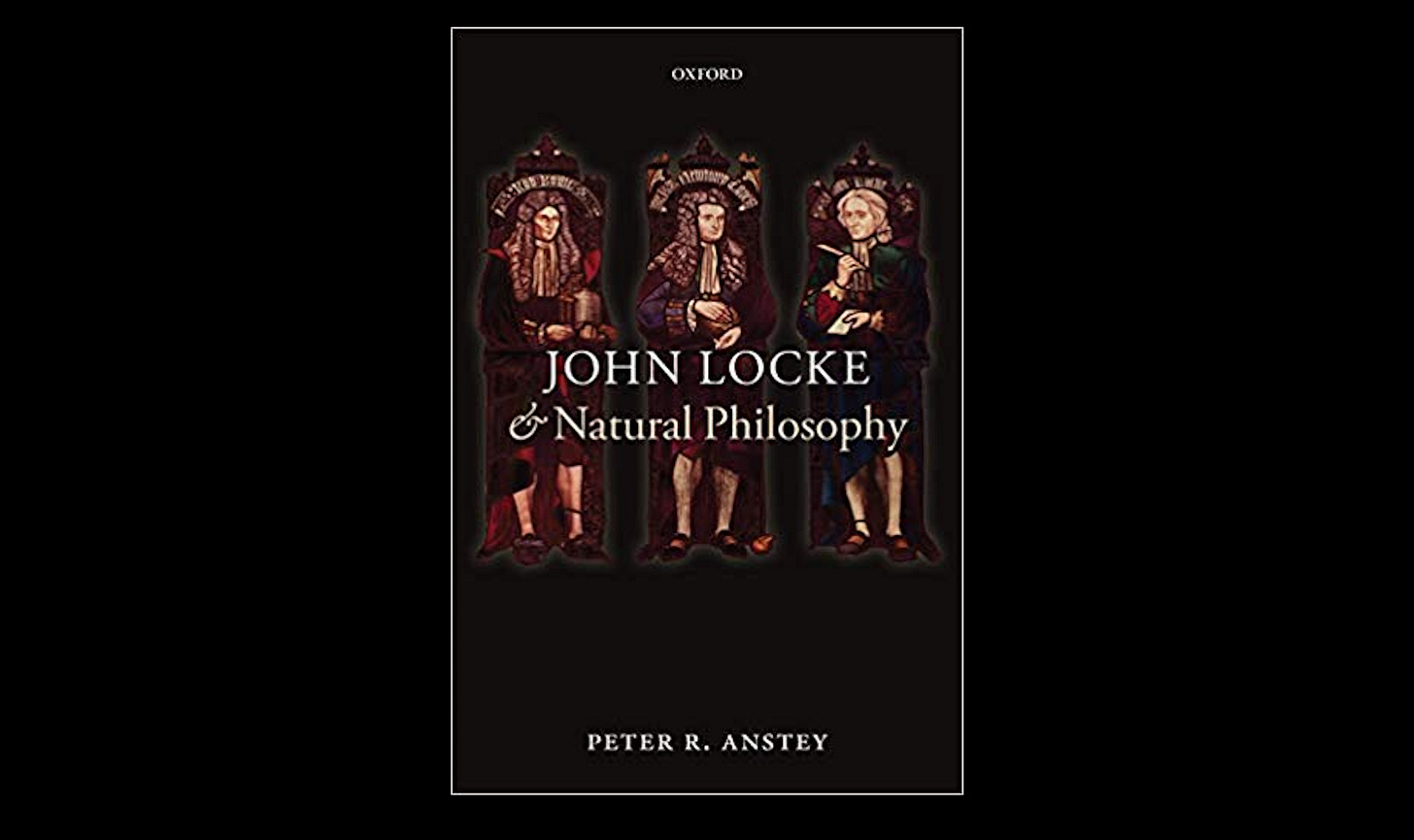Oxford, UK: Oxford University Press, 2011.
252 pp. $36.95 (hardcover).
John Locke began the first draft of his now famous Essay Concerning Human Understanding in 1671, some eighteen years before publishing the first edition in 1689. Throughout that time, he witnessed a flurry of scientific development, most importantly the publication of Isaac Newton’s Ph…



